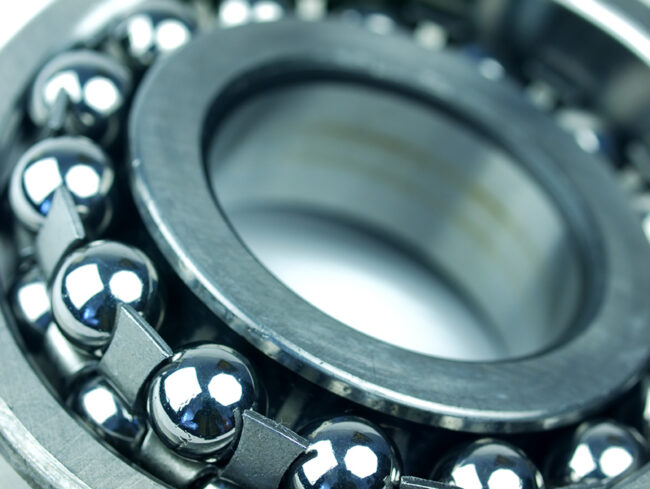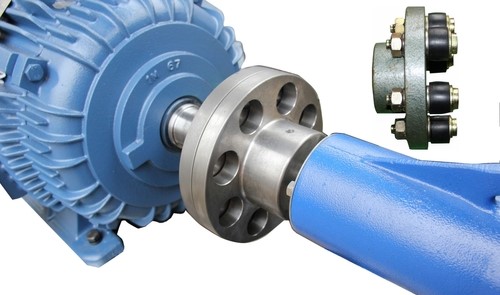Industry Insights
EUROPE
Eastway Europe
Mary Rosse Centre 3,
Holland Rd, Castletroy,
Co. Limerick,
V94 HRK2,
Ireland
t: +353 61 203933
e: europe@eastwaytech.com
NORTH AMERICA
Eastway USA
1300 Clay Street,
Suite 600,
Oakland,
CA 94612,
USA
t: +1 510 210 0044
e: usa@eastwaytech.com
ASIA
Eastway Singapore
10 Seletar Aerospace Heights,
Seletar Aerospace Park,
#03-06-12,
Singapore 797546
t: +65 9232 1203
e: asia@eastwaytech.com








